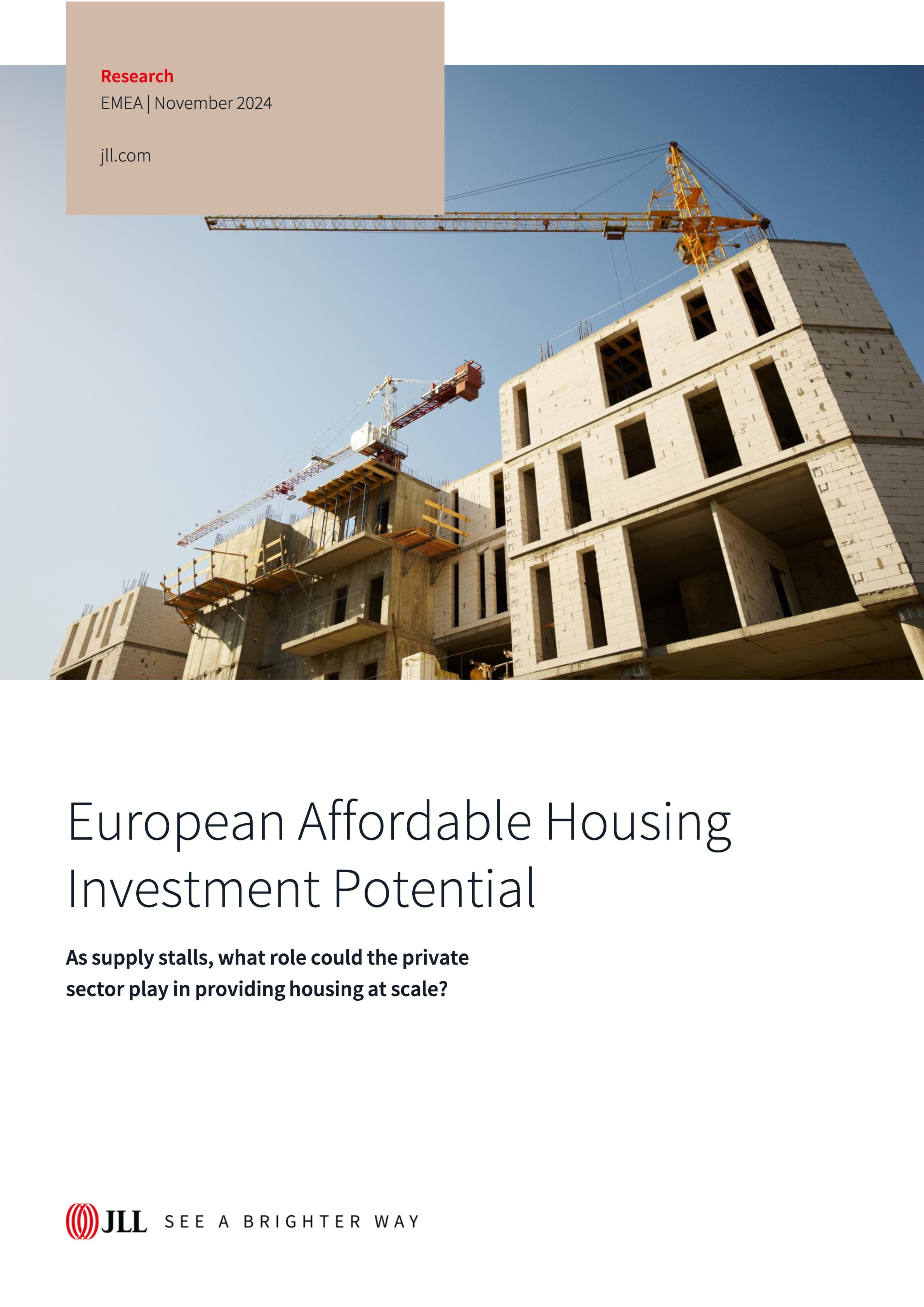AI-Generated Summary
Learn moreEuropean Affordable Housing Investment Potential
Context and Overview
The document titled "European Affordable Housing Investment Potential" was uploaded to the database on July 27, 2025, by JLL, a leading professional services firm specializing in real estate and investment management. The authors, including Emma Rosser, provide insights into the urgent need for sustainable housing solutions across Europe amidst growing affordability challenges.
The Affordable Housing Landscape
Across Europe, the affordable housing landscape varies significantly by region. Vienna predominantly features municipal housing, while countries like the UK and Finland emphasize ownership with government support for first-time buyers. The document notes that there are approximately 26.4 million affordable homes in the UK and EU, making up 11% of total households—a decrease from 12% a decade ago. The Netherlands leads with 28% of its housing stock classified as affordable.
Unmet Demand
Despite efforts, there is a significant unmet demand for affordable housing across Europe. An estimated 23 million households experience housing cost overburden, defined as spending over 40% of their disposable income on housing. This demand necessitates a virtually doubling of the current affordable housing sector, which has seen minimal growth (1%) over the past decade. Countries such as Germany, France, and the UK exhibit a pressing need for additional affordable homes, driven by rising rental costs and limited supply.
Investment Markets
Investment in affordable housing has seen a recent uptick, with institutional investors currently holding a small market share of 0.3%. However, the total investment in affordable housing reached €2.6 billion last year, accounting for 9% of multihousing investment. The document highlights that domestic buyers dominate the market, making up 80% of total investment activity. Various funds are being established, with over €14 billion raised for specialist affordable housing funds over the past decade.
Government Support and Supply
Government initiatives play a crucial role in supporting the affordable housing sector. Many countries offer grants, low-interest loans, and incentives for new developments. For instance, the UK has committed £11.5 billion to its Affordable Homes Programme, aiming to deliver 180,000 homes over five years. The report notes that while some countries have made progress, a clear trend connecting government support to increased affordable stock is lacking, largely due to high land prices and construction costs.
New Development Obligations
In the UK and Ireland, new housing developments are required to include a minimum percentage of affordable units. However, this has sparked debate over potential suppression of overall housing supply. Spain has introduced a new housing law mandating that 40% of new developments be affordable, though challenges remain regarding land laws that often revert affordable homes to the free market.
Key Findings
The report concludes with a clear need for new affordable housing supply and investment across Europe. Despite a stagnation in the sector, recent government measures and the introduction of intermediate rental housing have created opportunities for growth. The overall investment need is estimated at €5.3 trillion to meet the growing demand for affordable homes.
This comprehensive analysis underscores the critical importance of collaboration between public and private sectors to address the pressing challenges of affordable housing in Europe, ensuring sustainable living solutions for all.
